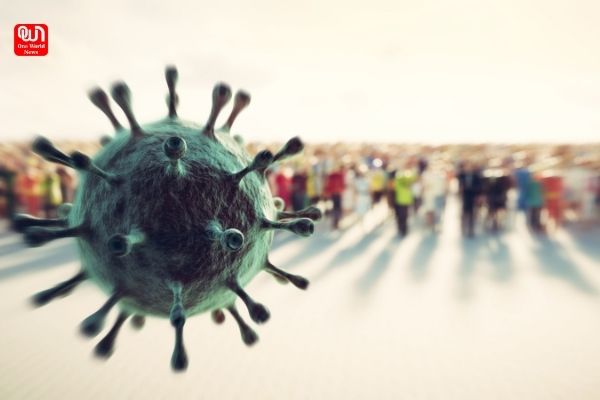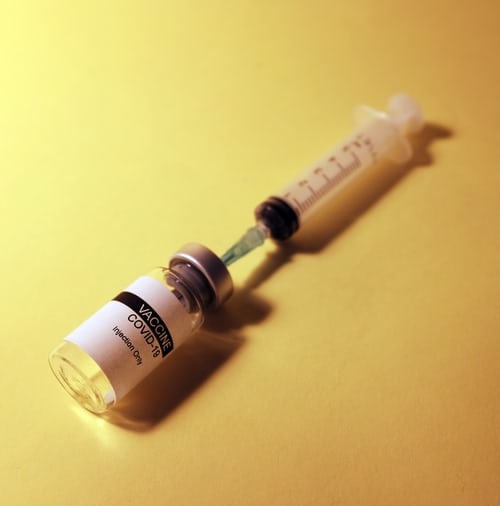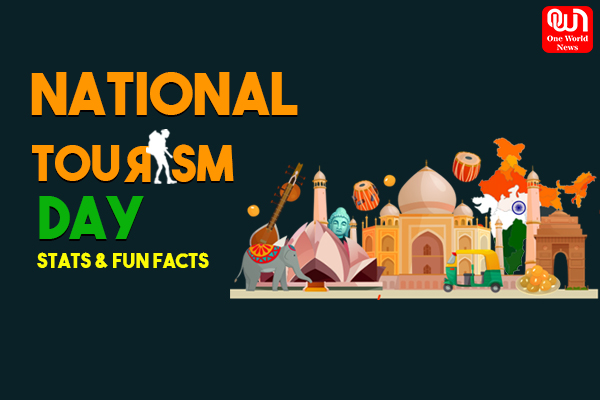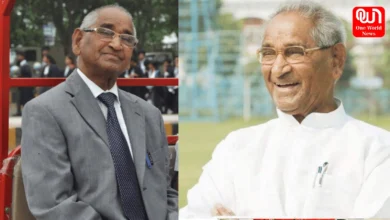
India is in the midst of the second wave of COVID-19. What caused it and How do we recover?
India on Thursday broke the global record of most Covid infections in a single day with more than 3,32,000 confirmed cases. There were also 2,263 deaths in the nation directly attributed to the virus. The deluge of infections has led to a severe health crisis. There is a shortage of ICU and hospital beds, medicines like Remdesivir, and oxygen cylinders. The fear of the infection has also led to a sudden increase in demand for the vaccine leading to its shortage everywhere in the country.

Situation before the Second Wave
India’s Covid numbers had peaked in September when daily COVID-19 cases averaged 90,000. But post that, the cases dipped for 30 weeks straight. From 100,000 daily new cases, the number fell to 10,000 during the first week of February. It was great news. New-age India had conquered the virus before the USA. Lockdowns were relaxed, gatherings started taking place, places of worship opened, election rallies started being held. Jishnu Das, a health economist at Georgetown University in the US, told NPR in early February: “It’s not that India is testing less or things are going underreported. It’s been rising, rising – and now suddenly, it’s vanished! I mean, hospital ICU utilization has gone down. Every indicator says the numbers are down.” India let its guard down.

The doctors and experts knew what could be the result of this. They kept on warning the country. But it was too late. “A false sense of normalcy crept in and everybody, including people and officials, did not take measures to stop the second wave.” Said Dr. A Fathahudeen, who is part of Kerala state’s Covid taskforce, while talking to bbc.com.
Situation Today

After 10th Feb the second wave of COVID-19 in India began. Since then, the cases have been rapidly increasing at a pace that has left the world shocked. On February 10th India had 11000 confirmed new cases but next 50 days, the daily average was around 22,000 cases. And in the following 10 days, cases rose sharply with the daily average reaching 89,800. On 22nd April, the average number of new cases for 7 days was more than 2,80,000. These numbers have been greater than any other country at any other time.
Read More: 4 Stories of People helping for Covid relief despite their own sufferings
India reports highest single-day spike with 3,32,730 new COVID-19 cases
Read @ANI Story | https://t.co/Qh0j0d5FOo pic.twitter.com/pyGOgUXpd4
— ANI Digital (@ani_digital) April 23, 2021
Europe too had faced its second wave and many nations were forced to completely lockdown but there nothing like this. And India even today is reluctant to take strict measures to curtail the growth of the numbers. The Centre and state governments not only have been callous but they even helped the numbers grow at a rapid pace. Promising to keep the virus in control at rallies that thousands of people attended was ironic. These people did not take proper precautions and neither did the political parties organizing these rallies made them.
Reasons for the surge
Nikolai Petrovsky, a professor at an Australian university, said that people thought they had escaped the pandemic, especially when it didn’t hit the country as hard as everyone was expecting during the first wave. “Now, of course, we are seeing a much more significant problem emerging, and you know, it could prove disastrous. You can’t even vaccinate 1.2 billion overnight, it’s just not possible even with all the best resources,” he said.

Critics have also pointed to the government deciding not to pause religious festivals or elections despite the initial spike in infections, which may have exacerbated the surge. “Authorities across India, without exception, put public health priorities on the back burner,” said K Srinath Reddy, president of the Public Health Foundation of India, while talking to an esteemed daily.
Some experts also give part of the blame to the new mutations and variants of the virus. But the research on the fact that they spread faster is only limited till now and it will take some time to get reliable data. Now, India has also detected a “triple mutated” variant of the virus, which has been found in samples collected from Maharashtra, Delhi, West Bengal, and Chhattisgarh.
What lies Ahead
Scientists believe that India may hit its peak somewhere between May 11 and 15. The numbers may not be accurate at all, but that is what the current mathematical models suggest. This means the number of ‘active’ cases in India will keep increasing roughly for another three weeks before a decline. To stop the healthcare system from collapsing further, the Government has to start taking action. The first logical thing would be to enforce lockdowns in regions where there is the largest number of cases. This will help slow the spread and take some pressure on the healthcare system.
India administers over 31 lakh Covid-19 vaccine doses in last 24 hours
Read @ANI Story | https://t.co/qwm5ayYRuz pic.twitter.com/r6VRf6tr95
— ANI Digital (@ani_digital) April 23, 2021
The flood of new infections has already overwhelmed the healthcare system, with various hospitals as well as states reporting a shortage of oxygen, ICU beds, ventilators, and key drugs. But India is the largest manufacturer of viruses and it has to use that title to vaccinate as many people as fast as it can. The move to open vaccinations for people below 18 is welcomed and appreciated. And to make sure that vaccine production is at its best, finances have to be poured into the companies manufacturing vaccines. More vaccine provides must be examined and approved so that we never face a shortage.

“Vaccination is one way to slow down the spread – but this depends on the speed and availability of the shots,” said Reddy of the Public Health Foundation. The UK’s experience demonstrates that only a combination of aggressive vaccination, lockdown, and surveillance can mitigate the impact of the pandemic.
Have a news story, an interesting write-up or simply a suggestion? Write to us at info@oneworldnews.in








